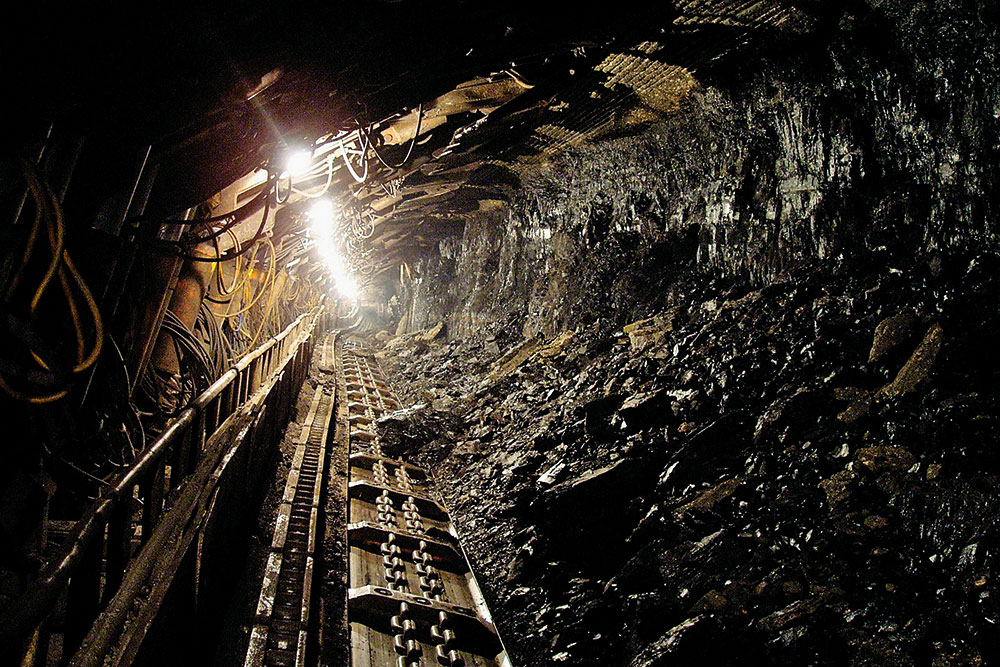The introduction of e-auction of coal required a big-bang approach. It would have to meet the twin objectives of internalizing the inherent price premium by denying the same to a set of powerful erstwhile beneficiaries and allowing transparent access for all, including traders and consumers, to the coal sold through the e-auctions. Educating coal consumers across a dozen important locations through road shows was a major activity. In Dhanbad, the day before the first e-auction, BCCL felt it was necessary to convey an important message through the media. The purpose of the e-auction was articulated through a press statement as a new process that would put a stop to the age-old practice of coal traders enjoying the benefits while the producer is unable to pay wages on time. All-out efforts were made to swing public opinion in favour of the e-auction.
The teams that had visited the various locations, especially in the eastern and northern parts of India, for roadshows often encountered stiff resistance, including threats. This only made their resolve stronger. They persisted in their efforts to convince people about the merits of the system. However, those who were adversely impacted by the e-auctions dragged the matter to courts across the country.
In a writ petition filed before the Calcutta High Court for scrapping the e-auction, the counsel for the petitioner was Shakti Nath Mukherjee – a stalwart advocate whom the company wanted to engage for defense. I asked for an appointment with him and explained to him the design and purpose of the e-auction, and how it was expected to address the issues plaguing the coal distribution system. Mukherjee not only dropped the brief but also agreed to side with CIL in any subsequent litigation in this regard. Such was the mutual respect that, during my tenure as Chairman, Mukherjee did not accept a brief on any litigation against CIL.
The e-auction turned out to be spectacular. In some cases, the premiums offered by the successful bidder were as high as 100% of the notified coal price or even higher. The additional revenue was finally coming into the right coffers. Gradually, the scheme was introduced in CIL’s other subsidiary companies too.
As mentioned, the process did encounter stiff resistance from the consumers affected. Cases had been registered in almost all the high courts in the country. My authority in promoting such a mode of sale was questioned. At such a point, the closely held communication from the PMO, which advised a trial e-sale, saved me.
All the individual cases filed before the various high courts were consolidated into one case before the Supreme Court. It was a bitter fight. The charges were serious – a government-owned company indulging in profiteering at the expense of its long-term bona fide customers. The solicitor general and additional solicitor general, appearing for BCCL and CIL, successfully argued the case. However, the judgment that was pronounced at the end of 2006 proved to be an initial setback for BCCL and CIL. In the absence of a well-formulated policy for e-auction, the apex court put a stop on e-auctions till a proper coal distribution policy was enunciated by a committee chaired by the coal secretary and including representatives from stakeholder ministries. The committee was duly formed and a New Coal Distribution Policy (NCDP) was announced in October 2007. The policy provided for the sale of 10% of the total coal produced through e-auction. The fourth battle, too, had been won!
In my assessment, the dominant source of money for the so-called mafia, which has been depicted in some Bollywood movies as well, came from the sale of coal bought at notified prices from the coal companies into the grey market at a premium. The internalization of the premium through an e-auction dealt a serious blow to the mafia’s funds. Addressing the other sources of their funds, which mostly involved extortion of coal transporters and employees, required coordinated administrative intervention from the state/district authorities, CISF and mine authorities. Despite meetings being held from time to time to improve coordination, the problem seemed to continue to some extent. A system of taking cognizance of extortion cases, brought up by successful bidders of e-auctions, to safeguard coal and thwart any nefarious designs was put in place. This helped to sustain the process of e-auction.











 Just one email a week
Just one email a week